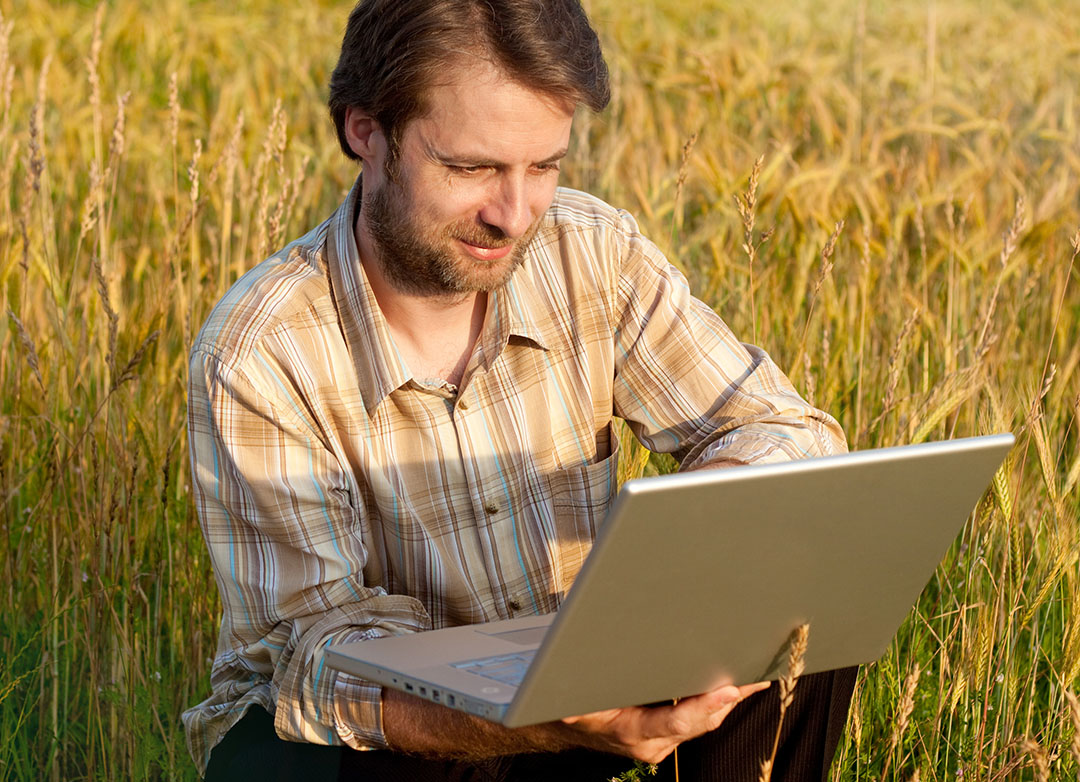E-platform for mycotoxin prevention and control

A new E-platform, developed as part of the MyToolBox project, aims to bring together all new and existing knowledge on mycotoxin prevention and control in a user-friendly way.
The EU funded project MyToolBox aims to develop novel measures to minimise fungal infection and mycotoxin formation in crops, and to provide advice on mycotoxin prevention and control to farmers and other end users along the food and feed chain. As part of the project, a user-friendly E-platform has been developed, which brings together all existing and new knowledge on mycotoxin prevention and control.
The need for an E-platform
The occurrence of mycotoxins in various crops, mainly grain, fruits and nuts, produced in Europe is of major concern since it has large implications for food and feed safety, food security and international trade. Over the past 3 decades, a wide variety of knowledge has been gathered on prevention and control of mycotoxins, at the various stages of the feed and food production chain. This knowledge is, however, not easily retrievable and available for the intended end-users at the private level (feed and food companies) and the public level (governmental agencies).
Easy-to-understand pieces of information
That is the reason why MyToolbox has put a lot of effort into collecting existing knowledge on mycotoxin prevention, control and reduction, and processed all this knowledge into easy-to-understand pieces of information for the end-user. This platform focuses on the most important mycotoxins in wheat, barley, maize, dried figs and nuts.
3 main components
The platform has 3 main components, including:
- The pre-harvest forecasting system for mycotoxin contamination in the field;
- The post-harvest forecast system for mycotoxin presence in silos;
- Static guidelines for prevention and control over the entire chain as well as information on legislative limits.
Forecasting mycotoxins
The forecasting module includes a wide range of mathematical models aimed to predict mycotoxin presence in grains at harvest. A model ensemble has been developed to combine the outputs of the various models so as to obtain the most reliable prediction possible. Forecasts are available from 3 days before grain flowering up to harvest, and are updated daily during the growing season. The E-platform includes such models for DON and ZEA in wheat and for aflatoxins in maize. The models make use of weather data and agronomic information as inputs and provides either specific field predictions (for wheat) or European wide maps (for maize) with predicted toxin levels as outputs.

Available at field level
The models for DON and ZEA in wheat are available at the field level throughout Europe. The wheat farmer needs to insert agronomic information in the specific wheat field (Figure 1), and gets directly the predicted DON and ZEA classes (low, medium high levels). The farmer can use these forecasts to decide upon the use of fungicides against Fusarium spp. so as to only use fungicides when needed, at the right time and right place. The forecasts for aflatoxins in maize are displayed in maps in the maize growing areas in Europe.
Using mycotoxin forecasts for decision making
Buyers of wheat and maize, such as feed producers, can use the mycotoxin forecasts for decision making upon routing along the chain, and to use mycotoxin testing in case of predicted high mycotoxin levels.
Sensors in the silos
The post-harvest module makes use of sensors in silos which register CO2, temperature and relative humidity continuously. The sensors are attached to vertical cables in the silo, with 4 sensors per cable. Data collected by the sensors feeds into fungal growth models to predict possible fungal growth and mycotoxin production in the silo. The risk for mycotoxin contamination is estimated and presented in classes for low, medium and high risk. In case of high risk indications, the silo managers are advised for mitigation measures, such as circulation.
Prevention and control guidelines
The static guidelines of the E-platform provide clear advice on mycotoxin prevention, control and reduction for the various stages of the feed and food supply chain. Per stage of the chain, all available knowledge on measures for mycotoxin prevention and control and reduction is collected, processed and synthesised into easy-to-understand and clear advice on mycotoxin management for the particular end user in the chain. Such advice is readily available for:
- Good agricultural practices for mycotoxin prevention and control during crop growth;
- Good storage practices for the storage and transport stages;
- Good processing practices for feed and food production;
- Options for reduction of mycotoxins during biofuel and biogas production;
- Legislative limits for the most important mycotoxins in wheat, barley, maize, nuts and dried figs.
The MyToolBox launch
The E-platform will serve the needs of the various players along the feed and food chain, including farmers, processors, feed suppliers or manufacturers from the food and feed industry, as well as governmental bodies. The system will be demonstrated live during the World Mycotoxin Forum in Belfast in October 2019 as well as the World Mycotoxin Forum in Bangkok in January 2020.
This work is part of the MyToolbox project which was granted by the European Union’s Horizon 2020 Research and Innovation Program under grant agreement No 678012.
*The article was co-authored by C. Liu and M. Focker, Wageningen Food Safety Institute, The Netherlands, V. Rossi and V. Manstretta, Horta srl, Italy, I. Montero-Castro, IRIS,Avda, Spain, N. Magan, Cranfield University, UK and R. Krska, University of Natural Resources and Life Sciences, Vienna (BOKU)
Author:
H.J. van der Fels-Klerx, Wageningen Food Safety Research, the Netherlands







